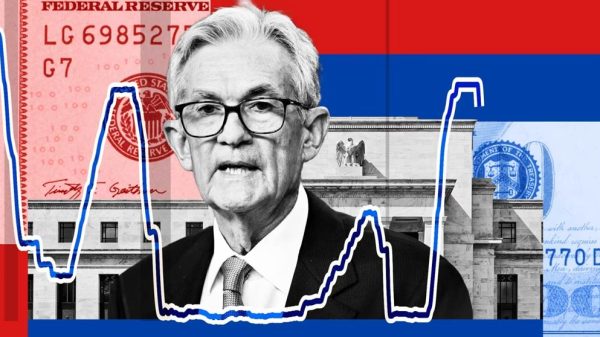The euro zone economy posted a better-than-expected performance in the first quarter of 2025, with gross domestic product (GDP) expanding by 0.4%, according to preliminary data from Eurostat. This figure surpassed economists’ predictions, which anticipated a modest 0.2% growth for the period. The stronger start to the year provides a temporary boost to a region grappling with global trade tensions and persistent economic challenges.
Germany and Southern Europe Drive Growth
Germany, the euro zone’s largest economy, recorded a 0.2% GDP increase during the same period, matching its performance in the final quarter of 2024. Meanwhile, southern European economies outpaced their larger neighbors. Spain and Lithuania each posted robust GDP growth of 0.6%, while Italy recorded a 0.3% expansion. Ireland, known for its volatile economic readings due to the significant presence of multinational corporations, saw a staggering 3.2% growth rate, far outpacing other euro zone members.
In contrast, France, Europe’s second-largest economy, saw a smaller 0.1% growth, reflecting a more subdued economic environment.
Challenges on the Horizon
Despite the positive data, analysts remain cautious about the outlook for the euro zone economy. Franziska Palmas, senior Europe economist at Capital Economics, noted that the region’s growth in early 2025 was stronger than suggested by recent activity surveys. However, she warned that growth is likely to slow in the coming months, citing the impact of newly introduced U.S. trade tariffs.
The U.S. imposed 20% blanket trade tariffs on the European Union earlier in April, targeting steel, aluminum, and automotive products. While negotiations are ongoing, these measures have already started to dampen economic activity. The European Central Bank (ECB) expects the slowdown to persist, with its latest forecast projecting 0.9% GDP growth for 2025, slightly lower than its January estimate.
Policy and Market Reactions
In response to lackluster growth in 2023 and 2024, the ECB has been cutting interest rates to stimulate the economy. Earlier this month, it reduced its deposit facility rate to 2.25%, down from a peak of 4% in mid-2023. ECB President Christine Lagarde emphasized that while the disinflationary process is on track, external shocks, such as U.S. tariffs, could hinder growth.
The euro showed mixed reactions to the GDP data, trading 0.08% lower against the U.S. dollar and 0.2% higher against the British pound. Germany’s benchmark 10-year bond yield fell by three basis points, reflecting investor caution despite the positive growth figures.
Inflation and Sentiment
Inflation in the euro zone remains close to the ECB’s target, coming in at 2.2% in March, with fresh data expected later this week. However, economic sentiment in the region hit its lowest level since December 2024, according to a separate report. This decline highlights lingering concerns about the region’s economic trajectory, particularly in the face of global trade uncertainties.
Moving Forward
While the first-quarter GDP figures provide a glimmer of hope for the euro zone, the road ahead is fraught with challenges. External pressures from U.S. trade policies, coupled with subdued domestic demand, are likely to weigh on growth in the coming months. Furthermore, much of the anticipated fiscal stimulus in Germany is not expected to take effect until next year, offering little immediate relief.
As policymakers and businesses navigate this complex environment, the euro zone’s ability to sustain growth will depend on its resilience to external shocks and the effectiveness of its monetary and fiscal measures.











